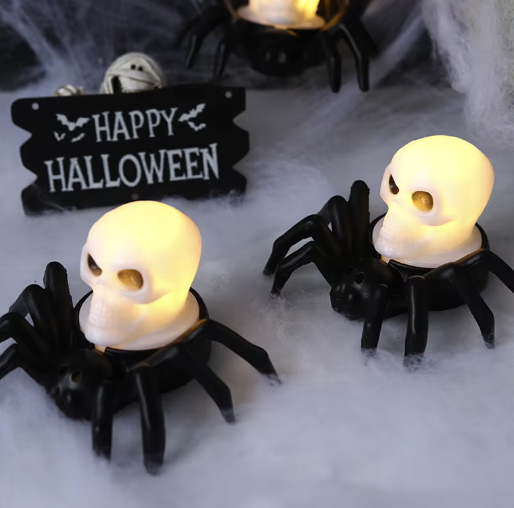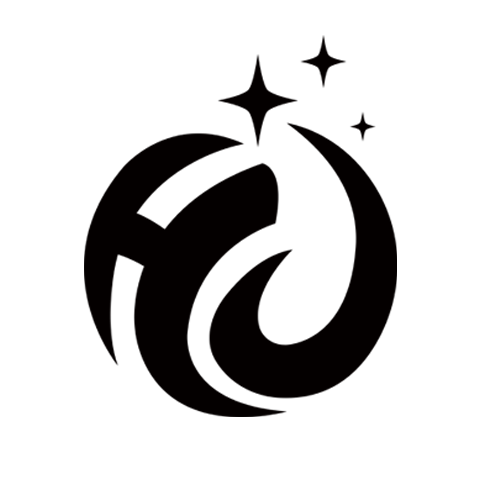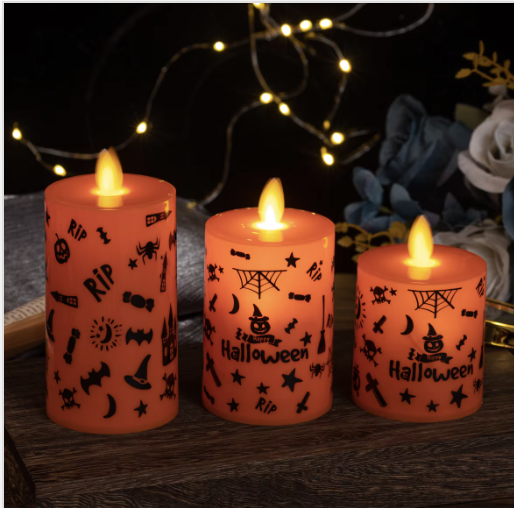축제 조명의 색상을 통해 마법 같은 분위기 연출하기
예술 페스티벌 장식 조명 일반적인 공간을 마법 같은 환상의 세계로 바꿔놓습니다. 신중하게 선택된 적절한 색상 조합은 강렬한 감정을 불러일으키고, 잊을 수 없는 경험을 만들어내며 어떤 축제라도 생동감 있게 살아나게 합니다. 색상 심리학과 이를 페스티벌 조명 디자인에 적용하는 방법을 이해함으로써, 행사 기획자와 디자이너들은 참가자들에게 오래도록 기억에 남는 몰입형 환경을 제공할 수 있습니다.
기술의 발전과 함께 축제용 장식 조명은 크게 진화하여 어떤 행사에도 맞춤 설정할 수 있는 다양한 색조와 효과를 제공합니다. 전통적인 가닥조명부터 현대식 LED 설치까지, 놀라운 시각적 연출을 위한 가능성은 거의 무한에 가깝습니다. 핵심은 어떤 색상 조합이 조화롭게 어울리는지 알고, 그들의 문화적·감정적 의미를 이해하는 데 있습니다.
축제 조명을 위한 전통적인 색상 조합
웜 화이트와 골드
따뜻한 흰색과 골드 조명은 세련되고 환영하는 분위기를 연출하여 고급스러운 축제 장소에 이상적입니다. 이 클래식한 색상 조합은 웨딩 리셉션, 명절 기념행사 및 고급 야외 행사에서 특히 효과적으로 활용할 수 있는 시간을 초월한 매력을 제공합니다. 따뜻한 흰색의 페스티벌 장식 조명에 골드 액센트를 더하면 깊이와 입체감을 더하면서도 통일감 있고 정제된 외관을 유지할 수 있습니다.
따뜻한 흰색 조명의 은은한 빛과 금속 골드의 조합은 사회적 교류와 편안함을 유도하는 친밀한 분위기를 만들어냅니다. 이 조합은 실외 덮힌 공간이나 야간 행사 시 건축 요소를 강조할 때 특히 효과적입니다.
레드 및 그린
빨간색과 녹색 같은 전통적인 휴일 색상은 겨울철 기념일 장식 조명으로 여전히 인기가 많습니다. 이러한 보색 조합은 강한 시각적 효과를 만들어내며 즉각적으로 축제와 기쁨의 감정을 불러일으킵니다. 이 고전적인 색상 조합을 적용할 때는 다양한 밝기와 패턴을 활용하여 시각적 흥미를 더하고 공간이 지나치게 혼잡해지는 것을 방지하는 것이 좋습니다.
현대의 LED 기술을 통해 이러한 전통 색상의 채도와 밝기를 더욱 정밀하게 제어할 수 있어, 휘발된 느낌 없이도 축제 분위기를 유지하면서도 세련된 미묘한 색상 변화를 연출할 수 있습니다.
현대적 페스티벌을 위한 현대적인 색상 구성
보라색과 파란색 조합
현대적인 페스티벌 장식 조명은 종종 보라색과 파란색 같은 차가운 색조를 활용하여 세련되고 고급스러운 분위기를 연출한다. 이러한 색상들은 특히 저녁 행사, 음악 페스티벌 및 아트 인스톨레이션에 잘 어울린다. 이 조합은 혁신성과 창의성을 나타내며, 과도한 에너지가 있는 환경을 완화하는 진정 효과도 제공한다.
보라색과 파란색 조명을 사용할 때는 다양한 색조와 밝기를 함께 활용하여 깊이감과 시각적 흥미를 더하는 것이 좋다. 밝은 파랑은 공간을 넓어 보이게 하고, 진한 보라는 전체적인 분위기에 풍부함과 신비로움을 더해준다.
RGB 컬러 변경 효과
현대의 페스티벌 장식 조명은 일반적으로 RGB LED 기술을 활용하여 동적인 색상 변화와 뛰어난 시각 효과를 구현한다. 이러한 다용도성 덕분에 이벤트 기획자는 축하 행사의 각 단계에서 분위기와 에너지 수준에 맞는 조명 연출을 프로그래밍할 수 있다. 색상을 변경하는 기능을 통해 하나의 공간을 이벤트 중 여러 번 변환할 수 있어 환경을 항상 새롭고 몰입감 있게 유지할 수 있다.
RGB 조명을 성공적으로 적용하는 핵심은 세심한 프로그래밍과 타이밍에 있다. 보색 간의 부드러운 전환은 세련된 분위기를 연출할 수 있으며, 더 극적인 변화는 고에너지 순간에 어울릴 수 있다.
환경적 고려사항 및 색상의 영향
자연 주변 환경
축제 장식 조명의 색상 효과는 주로 주변 환경에 따라 달라진다. 나무, 물 체계, 건축 배경과 같은 자연적 요소들은 서로 다른 색상이 어떻게 보이고 상호작용하는지를 모두 영향을 미친다. 이러한 관계를 이해하면 기존 환경을 강조하는 데 도움이 되는 색상을 선택할 수 있으며, 환경과 경쟁하지 않도록 할 수 있다.
야외 축제의 경우, 조명 색상이 식생, 건물 자재 및 기타 고정 요소와 어떻게 상호작용할지를 고려해야 한다. 어떤 색상은 특정 배경 대비 더 생동감 있게 나타날 수 있는 반면, 다른 색상은 바래 보이거나 주변과 어울리지 않을 수도 있다.
기상 및 계절적 영향
기상 조건과 계절 변화는 페스티벌 장식 조명의 가시성과 효과에 큰 영향을 미칠 수 있습니다. 밝은 햇빛, 안개, 비 또는 눈은 색상이 어떻게 나타나고 주변 환경과 상호작용하는지를 변화시킬 수 있습니다. 다양한 기상 조건에 맞춰 적절한 색상을 선택하고 밝기를 조정함으로써 행사 내내 최적의 시각적 효과를 보장할 수 있습니다.
추운 날씨의 행사는 따뜻한 느낌과 안락함을 전달하기 위해 따뜻한 색조를 사용하는 것을 고려하세요. 반면 여름 축제에는 서늘한 색조가 더 상쾌하게 느껴질 수 있습니다. 조명의 강도는 자연광 수준과 기상 조건에 따라 조정이 필요할 수 있습니다.

색상 선정의 기술적 측면
에너지 효율성 고려 사항
페스티벌 장식 조명의 서로 다른 색상은 에너지 소비율이 다를 수 있습니다. 이러한 차이점을 이해하면 지속 가능하고 비용 효율적인 조명 설계를 할 수 있습니다. LED 기술은 높은 에너지 효율성과 더불어 생생한 색상 옵션을 제공함으로써 큰 이점을 제공합니다.
대규모 페스티벌 조명 설치를 계획할 때, 다양한 색상 조합의 전력 요구 사항과 이로 인해 전체 에너지 소비 및 비용에 어떤 영향을 미칠 수 있는지 고려해야 합니다. 일부 색상은 원하는 밝기 수준을 달성하기 위해 더 많은 전력이 필요할 수 있습니다.
색 재현성 및 품질
광원의 품질은 페스티벌 장식 조명에서 색상이 어떻게 나타나는지에 큰 영향을 미칩니다. 우수한 색 재현성을 갖춘 고품질 LED 조명 장치는 색상이 풍부하고 의도된 색조에 충실하게 표현되도록 보장합니다. 이는 특정 분위기를 연출하거나 후원 행사에서 브랜드 색상과 일치시켜야 할 때 특히 중요합니다.
적절한 색 재현 능력을 갖춘 고품질 조명 장비에 투자하면 더욱 전문적인 결과를 얻을 수 있으며 선택한 색상이 의도한 효과를 정확히 전달할 수 있도록 보장합니다.
자주 묻는 질문
페스티벌 조명에 적합한 색 온도를 어떻게 선택하나요?
행사의 분위기와 목적에 따라 색온도를 선택하세요. 따뜻한 흰색(2700K-3000K)은 아늑하고 친밀한 분위기를 연출하며, 시원한 흰색(5000K-6500K)은 현대적이고 생동감 있는 분위기에 더 적합합니다. 다양한 용도로 활용하려면 색온도 조절이 가능한 조명기를 사용하는 것을 고려해 보세요.
다양한 색상의 조명을 효과적으로 혼합할 수 있나요?
예, 색상 이론의 원칙을 따르면 서로 다른 색상의 조명을 성공적으로 혼합할 수 있습니다. 조화로운 조합을 위해 보색 또는 유사색을 사용하고, 공간 내에서 색상이 어떻게 어우러질지 고려하세요. 기본 색상 테마를 정한 후 전략적으로 액센트 색상을 추가하세요.
야외 페스티벌 조명에 가장 적합한 색상은 무엇인가요?
야외 페스티벌 장식 조명의 경우 자연 환경과 잘 대비되는 색상을 선택하세요. 일반적으로 따뜻한 흰색, 앰버색, 진한 파란색이 야외에서 잘 어울립니다. 자연 채광이 은은한 색조를 바래게 만들 수 있으므로 넓은 공간에는 더 밝고 채도 높은 색상을 사용하는 것이 좋습니다.
 EN
EN
 AR
AR
 FR
FR
 DE
DE
 IT
IT
 JA
JA
 KO
KO
 PT
PT
 RU
RU
 ES
ES
 LV
LV
 LT
LT
 VI
VI
 TH
TH
 MS
MS


